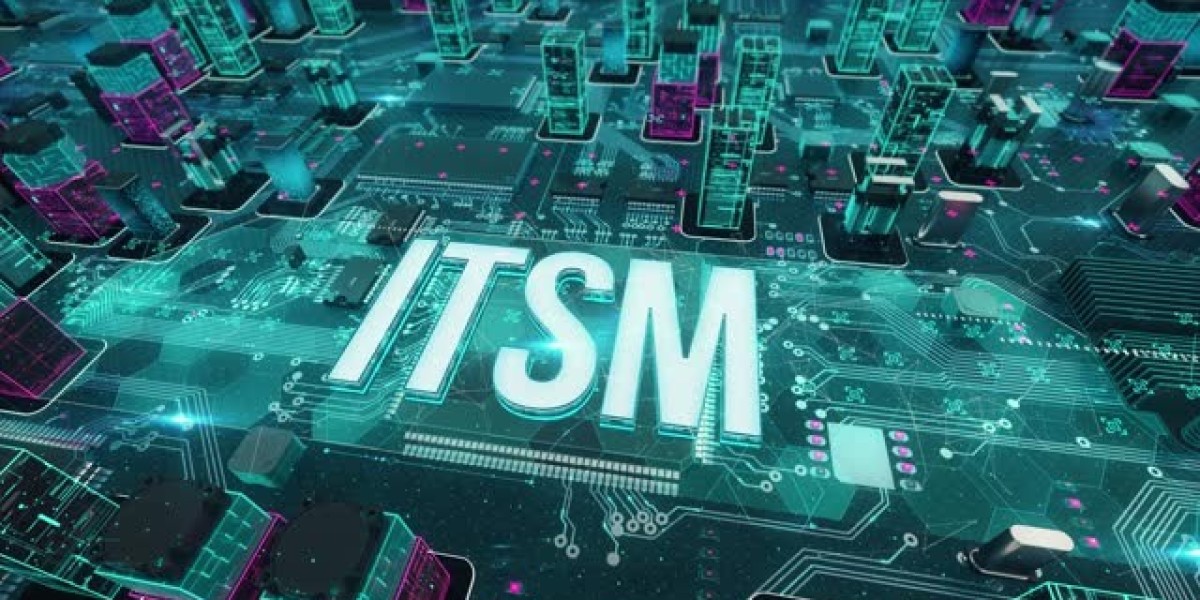The advent of 5G technology is set to revolutionize mobile communication and the broader technological landscape. This next-generation network promises to bring unprecedented speed, connectivity, and opportunities across various sectors.
Unprecedented Speed and Connectivity
- Faster Data Transmission: 5G offers significantly higher data speeds compared to its predecessors. This means quicker downloads, seamless streaming of high-definition content, and more responsive online gaming experiences.
- Low Latency: One of the most critical advantages of 5G is its low latency, which is the delay before data transfer begins following an instruction. This makes real-time communication and interaction smoother, which is crucial for applications like virtual reality (VR) and augmented reality (AR).
- Increased Capacity: 5G can handle a massive number of connected devices simultaneously. This is particularly important as the Internet of Things (IoT) continues to expand, connecting everything from smart home devices to industrial machines.
Transformative Impact on Industries
- Healthcare: 5G enables telemedicine advancements, allowing doctors to conduct remote surgeries and consultations with high-quality video and real-time data sharing. This can greatly improve access to healthcare in remote and underserved areas.
- Automotive: The automotive industry is leveraging 5G for the development of autonomous vehicles. The low latency and high reliability of 5G networks support real-time vehicle-to-vehicle (V2V) and vehicle-to-infrastructure (V2I) communication, enhancing safety and efficiency.
- Manufacturing: In manufacturing, 5G supports smart factories where machines and robots can communicate and operate autonomously. This leads to increased productivity, reduced downtime, and more efficient supply chain management.
Enhancing Consumer Experiences
- Entertainment: With 5G, the entertainment industry can offer enhanced experiences through VR and AR. Live events, concerts, and sports can be streamed in immersive formats, providing audiences with a richer and more interactive experience.
- Gaming: The gaming industry is set to benefit enormously from 5G. Gamers will experience minimal lag and latency, even when playing graphics-intensive games online. Additionally, cloud gaming services will become more viable, allowing players to stream games without the need for high-end hardware.
- Smart Homes and Cities: 5G facilitates the development of smart homes and cities. It enables seamless integration of various devices and systems, from home automation gadgets to city infrastructure like traffic lights and surveillance systems, making urban living more efficient and sustainable.
Challenges and Considerations
- Infrastructure Development: Implementing 5G requires significant investment in infrastructure, including the installation of new antennas and upgrading existing networks. This can be a challenge, especially in rural and remote areas.
- Security Concerns: With the increased connectivity and data transmission capabilities of 5G, there are heightened concerns about security and privacy. Ensuring robust cybersecurity measures is crucial to protect sensitive data and maintain user trust.
Regulatory and Spectrum Issues: Effective deployment of 5G also depends on regulatory policies and the availability of the radio spectrum. Governments and regulatory bodies need to work together to allocate
5G Revolution: Expanding the Horizons of Mobile Technology
The rollout of 5G technology marks a pivotal moment in the evolution of mobile networks, bringing with it a host of new capabilities and opportunities. This next-generation technology is not just about faster internet speeds but also about enabling a connected world with applications that were previously unimaginable.
Expanding Technological Frontiers
- Edge Computing: 5G supports edge computing, where data processing occurs closer to the data source rather than in a centralized data center. This reduces latency and bandwidth usage, making applications more responsive. It's particularly useful for IoT devices and services requiring real-time analytics.
- Network Slicing: 5G introduces the concept of network slicing, allowing operators to create multiple virtual networks within a single physical 5G network. Each slice can be tailored to specific use cases or service requirements, ensuring optimal performance for different applications, from consumer services to industrial applications.
- Enhanced Mobile Broadband (eMBB): This feature of 5G enhances mobile internet services, supporting high-definition video streaming, immersive AR/VR experiences, and more reliable connectivity in densely populated areas like stadiums and urban centers.
Conclusion
The 5G revolution is more than just a step forward in mobile technology; it's a leap into a future of enhanced connectivity and innovation. By transforming various industries and improving consumer experiences, 5G is poised to change the game in ways we are only beginning to understand. As we continue to develop and deploy this technology, addressing the associated challenges will be key to unlocking its full potential.








